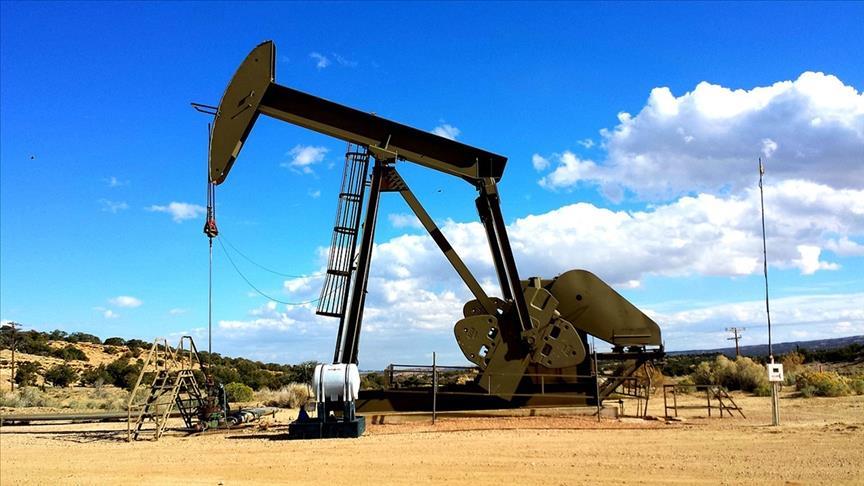Oil prices increased on Monday, driven by expectations of increased oil demand during the summer months.
International benchmark Brent crude traded at $79.97 per barrel at 10.28 a.m. local time (0728 GMT), an increase of 0.44% from the closing price of $79.62 per barrel in the previous trading session.
The American benchmark West Texas Intermediate (WTI) traded at $75.83 per barrel at the same time, a 0.40% rise from the previous session that closed at $75.53 per barrel.
Official data on US crude oil and gasoline inventories, to be announced on Wednesday, will signal demand in the world’s largest oil-consuming country.
Increased supply concerns due to the decline in the number of oil drilling rigs in the US and ongoing geopolitical risks in the Middle East also supported price rises.
According to weekly data announced by oil field services company Baker Hughes, the number of oil drilling rigs in the country decreased by 4 to 492 in the week of May 1–7 compared to the previous week.
The number of oil drilling rigs in the US decreased by 64 year over year.
Geopolitical tensions in the oil-rich Middle East continue to impact oil prices.
Yemen’s Houthi group claimed Sunday to have targeted a British destroyer in the Red Sea and two ships in the Arabian Sea. Houthi spokesman Yahya Saree said their fighters attacked the British destroyer Diamond in the Red Sea with ballistic missiles ‘in response to the Israeli attack on the Nuseirat refugee camp in the central Gaza Strip.’
The group said its fighters also targeted Nordeney and MSC Tavishi ships in the Arabian Sea with naval and ballistic missiles and drones.
The Houthi group said the US and the UK launched seven airstrikes Friday that targeted the capital Sanaa, northern Yemen and Al-Hudaydah province in western Yemen.
Meanwhile, market players are awaiting the interest rate decision from the US Federal Reserve (Fed) due later in the week.
Despite the increase in the unemployment rate announced in the US, non-farm employment data exceeded expectations and strengthened predictions that the Fed will cut interest rates only once this year.
The probability of the Fed making its first interest rate cut in September decreased from 83% to 51% on Friday and from 81% to 77% in November.
The lower probability of an interest rate cut this year put downward pressure on oil prices.
Experts are now focusing on OPEC’s monthly oil market report due Tuesday, which will give indicators on the market supply-demand balance.

